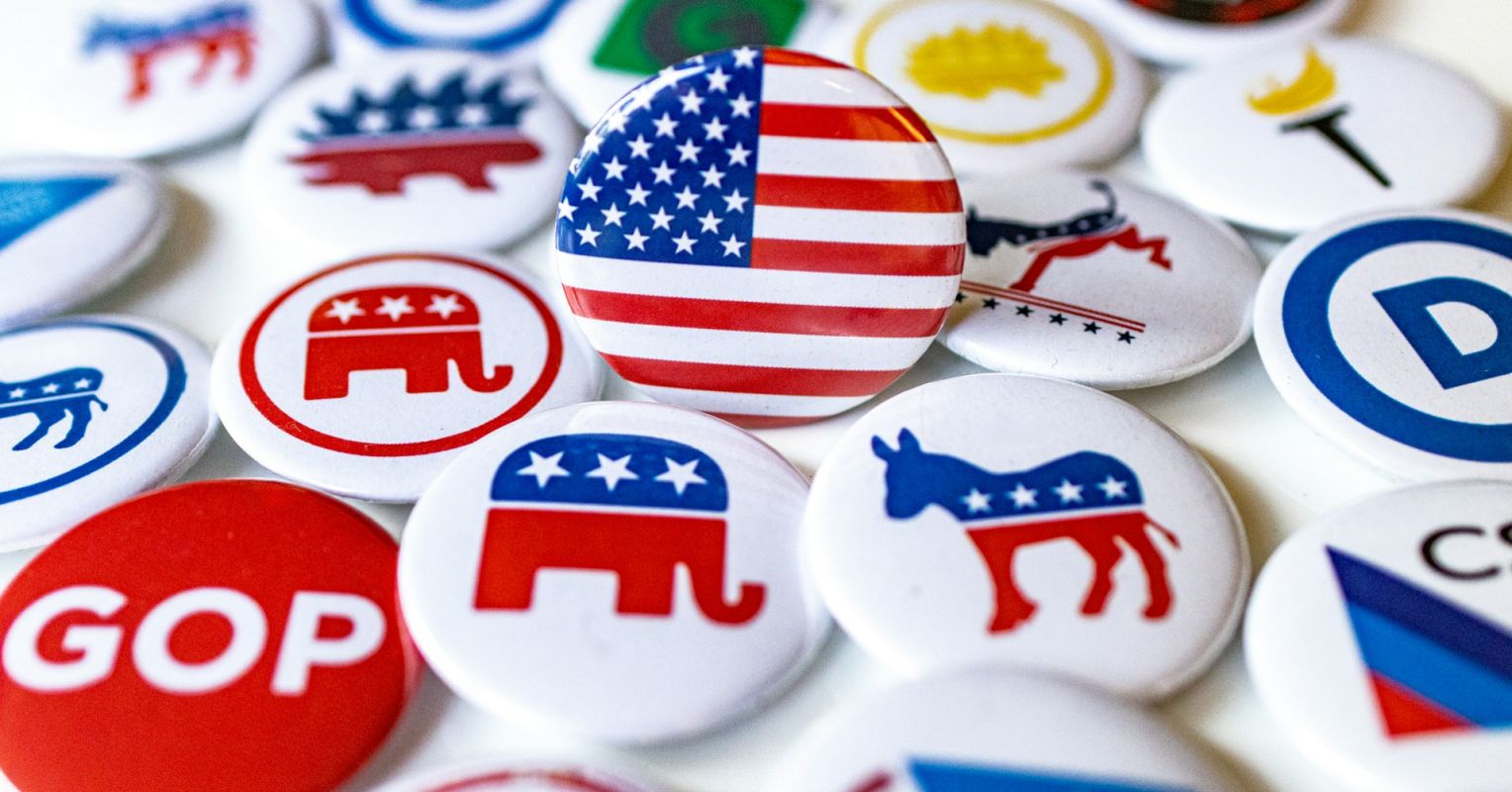American political culture is broken. Acts of political violence, like the recent killing of conservative activist Charlie Kirk and its aftermath, are disturbing indicators of how fractured and dysfunctional American politics is today.
Across the political spectrum, people want change. According to Pew, 76% of Americans say that the political system needs either “complete reform” or “major changes.” While multiple social and psychological forces are fueling the current crisis—from heightened inequality, social isolation, and institutional mistrust to unprecedented information siloes and misinformation—people are fed up and demanding a culture change.
Americans, however, are deeply divided by their dislike and distrust of those with opposing political and social views (rather than disagreements over governance and policy). Half of the electorate believes that those on the “other side” are “downright evil,” and 8 in 10 Americans say Democrats and Republicans can’t even agree about basic facts. Where do we go from here?
The Culture Cycle: A Blueprint for Change
In my first post, I introduced Seven Principles for Intentional Culture Change and explained how they can be broadly applied. In my second post, I focused on the framework’s first principle—People are shaped by, and in turn shape, culture—and discussed how surging interest in women’s sports illustrates how people (natural culture makers) can become culture changers. Next, we’ll explore the second principle: Cultures are made up of four key interdependent parts—Ideas, Institutions, Interactions, and Individuals—known as the Culture Cycle. I’ll explain what culture is and why a tool like the Culture Cycle can empower changemakers. To start, let’s consider the matrix of culture.
One way to think about culture that’s really useful for making change is to imagine culture operating through an ongoing cycle of often invisible, but powerful, social and psychological forces. That cycle has four key parts or levels—Ideas (status quo assumptions and narratives), Institutions (systems, organizations, laws, policies, and practices), Interactions (everyday connections among groups, people, and products), and Individuals (people’s psychology and actions)—working together in a dynamic system. As such, culture change will be more meaningful and lasting when these key parts are aligned and working in sync.
Using the Culture Cycle to map cultures makes these “invisible” dynamics visible, which is particularly important because they are often taken for granted, operating in the background and outside of awareness. People can also disagree about what culture is, what’s most important, or what needs to change. Once these invisible dynamics are perceived and there’s a blueprint to guide the way, stakeholders can build from a shared understanding and begin to identify the default assumptions and patterns that may be causing misalignments or trouble spots in a culture. They also have a starting point to begin charting a meaningful (and measurable) path for change.
Using the Culture Cycle to Depolarize Political Culture
We can begin by mapping out key features of political culture as it exists today and how we might like to see it change in the future—toward a less polarized, more functional, and even cooperative culture. We’ll also consider how to spark change at each level toward that aspiration, drawing from evidence-based strategies. While American politics has gone through many contentious periods, including a civil war, ignoring that history won’t help. Instead, we can own up to it and continue to build toward—as former President Obama put it—the ever-evolving promise of America.
Starting with Ideas, pervasive narratives (communicated by political elites and through media) paint opponents and the other party as immoral, evil, and as threats to democracy. To change Ideas, counternarratives—new or repurposed stories—that can bring people together around solving shared problems need to be seeded and propagated. For instance, liberals and conservatives can find common ground on issues when persuasive appeals focus on aspirations vs. problems and reject politicized jargon.
Ideas are reinforced through Institutions, and features of the political system, like two dominant parties, partisan gerrymandering, and winner-take-all elections, foster and sustain competition and polarization. To change Institutions, we can reform or remake political structures to facilitate cooperation by reworking the parties, and changing laws, electoral processes, and governance structures to incentivize greater collaboration and action (like implementing primary reform and proportional representation).
Limited Interactions via media bubbles and echo chambers, social isolation, and segregation serve to bring similar people together (by socioeconomic status, backgrounds, and beliefs) and keep different people apart. We can shift how people interact with one another and the world around them by providing physical or virtual opportunities to not only learn and listen, but also work together to accomplish shared goals in neighborhoods and communities (navigating power and status differences). We can also improve how we evaluate political information, becoming smarter and savvier consumers.
Finally, with Individuals, psychological processes—including a zero-sum mindset, out-group threat, status threat, and racial bias and resentment—fuel partisan animosity and distrust. We can contribute to combating animosity and mistrust with behavior and mindset shifts: by normalizing perspective taking and giving, correcting misperceptions, toning down denigrating and dehumanizing talk, and cultivating curiosity and humility. Each of us can tune into our own habits and experiment with responding differently, contributing to change.
The Culture Cycle is a practical, flexible tool that can help people change cultures of all kinds with a shared starting point and blueprint. While culture change isn’t easy, it can be done—if we can harness them, we can use the levers of culture to change American politics. And because culture works as a reinforcing cycle, targeting the levers strategically will kick off positive feedback loops.
